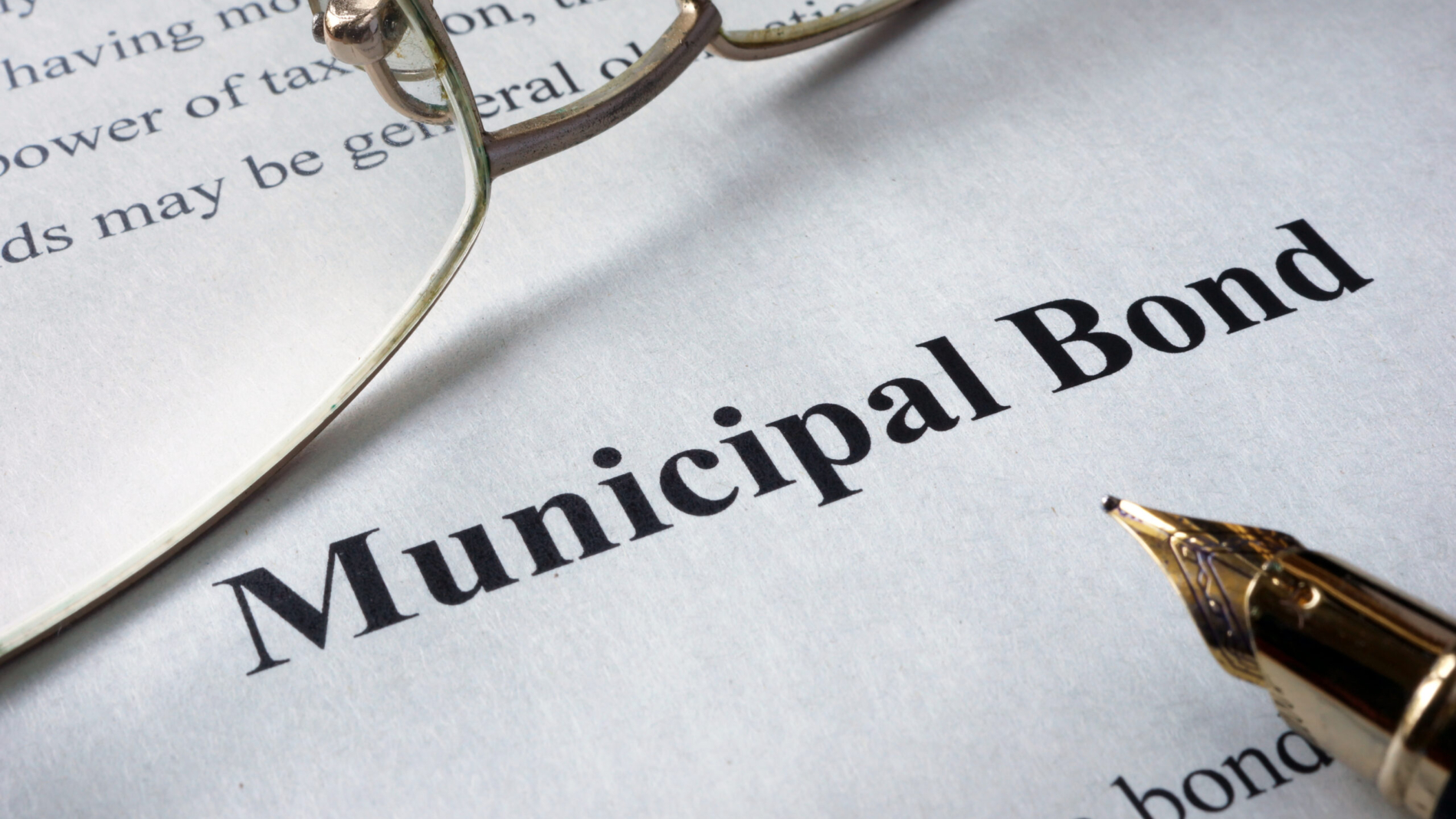One of the positive aspects of sustained high interest rates is higher yields on bonds, particularly high-quality municipal bonds. It is possible that 2024 will present a different scenario, as the Federal Reserve begins a schedule of monetary easing by reducing interest rates over time. The potential for this strategy, combined with a slowdown in inflation and economic growth – and exacerbated by the potential volatility of a U.S. presidential election – offer a hazy but ultimately positive outlook for municipal bonds.
For now, investors with a long-term outlook (up to 10 years) can take advantage of current high interest rates before they begin declining. A key recommendation is to focus on the credit quality of muni bond issuers, which is more likely to face adjustments due to lower reserves and unreliable revenue streams during an economic slowdown.
The following are some municipal bond market considerations for long-term investors:
- While absolute rates are expected to decrease in 2024, muni bonds should continue to offer high yields and strong credit quality.
- Speaking of credit quality, despite the larger universe of corporate bonds, there are more AAA- and AA-rated munis than corporate bonds. For example, there are only 13 unique issuers of AAA-rated bonds within the Bloomberg U.S. Corporate Bond Index. Of these 13, two comprise the majority of outstanding AAA corporate bonds. This means an investor is better able to diversify assets across a mix of high-quality muni bonds or a municipal bond fund.
- Remember that munis are generally exempt from federal and state income taxes (when the investor lives in the issuing state) and might therefore provide a higher tax-equivalent yield when compared to yields of other long-term bonds.
- In order for municipal bond income to be comparable to the after-tax yield of corporate bonds, the investor should be subject to a 45 percent or higher total cumulative tax rate. This is referred to as the “break-even” rate wherein municipal bonds will likely yield more after-tax income.
- Longer-term, AAA-rated municipal bonds (up to 10 years) are expected to offer greater value compared to shorter-term munis.
- Credit conditions are expected to continue their upward trend in 2024. As a general rule, municipal bonds are highly rated, but the average credit rating has increased even more since the pandemic. For example, the percentage of AAA- or AA-rated bonds in the Bloomberg U.S. Municipal Bond Index increased from 67 percent (pre-pandemic) to 71.4 percent as of November 2023.
- Some of the most popular provisions of the 2017 Tax Cuts and Jobs Act are scheduled to expire in 2025. Demand for muni bonds might soar this year as taxpayers seek more tax-advantaged benefits given the potential loss of itemized deductions and a reduced standard deduction. Look for this sunsetting tax legislation to be a hot issue as this year’s election season gets up and running.
Given the higher yields available for the past 15 years, municipal bond returns are projected to be favorable in the near term. However, be wary of issuers that lack strong reserves and whose revenue streams are linked to economic activity.
Perhaps most importantly, investors should consider their objectives when investing in municipal bonds. If already in or nearing retirement, take into account your current tax bracket, the type of account you plan to invest in (taxable or tax-advantaged), credit quality, and time to maturity to effectively assess the value of municipal bond income in your portfolio.


Add a Comment